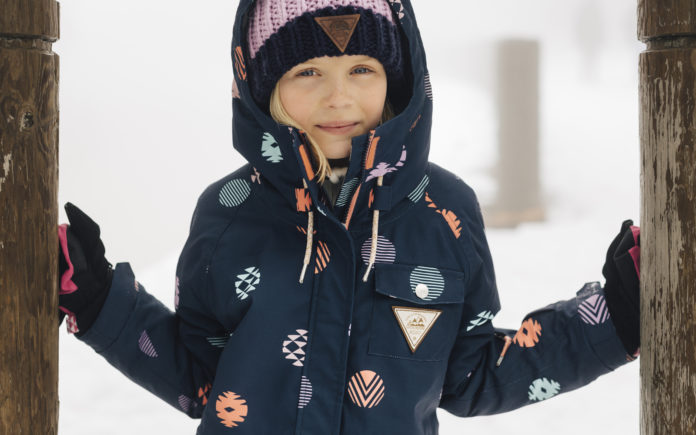There’s few holidays that are as fun for families as a trip to the mountains. Being out in the fresh air and wide open spaces is refreshing and a great way to spend time with the kids, while wearing them out at the same time!
But being out in the elements on unfamiliar and busy ski trails can be dangerous for kids. Here’s a few tips for keeping them safe out on the slopes.
1. Ski School
Having been a ski instructor for many years, I know the benefits of providing a safe environment for children to learn and grow. Ski instructors are trained on the way in which to select appropriate terrain and build strong skills that will help kids progress to be advanced skiers more rapidly. Not only will they be safe, but they’ll have fun learning amongst their peers, playing games and drinking hot chocolate!
2. Warmth
Thermal underwear is an essential layer to staying warm out there. Couple this with a fuzzy or puffy mid-layer and outerwear that’s wind and water proof. They’ll be begging you to stay on the slopes till the lifts stop turning. Kids have a larger surface to bodyweight ratio to adults, meaning that they cool off much quicker and are more prone to hypothermia.
3. Bright Clothes
Australia may be mostly desert, but we get more than our fair share of horrible weather. When this becomes fog, rain or snow up on the mountains, it can quickly turn into a white out situation where little can be seen. It’s disorienting for the best of us, but kids are often unaware that if they stray just a few extra metres, they may no longer be able to see their family or group. When you can, dress them in something bright that will help them stand out and have the highest possibility of being visible. This will have the added benefit of you being able to more easily spot them in a crowd.
4. Eye Protection
At the snow the suns rays can be stronger than at the beach because you’re at altitude and the snow reflects the UV rays, magnifying the effect. Make sure your kids have sunnies or goggles that they wear all day as Snow Blindness can seriously damage the cornea of the eye.
5. Sunscreen
This high level of UV radiation means that all exposed areas of skin are at risk and need to be slip, slopped and slapped! Apply sunscreen on the kids before putting on their ski boots, to give it time to be absorbed and take effect. And stash a small bottle in their pocket so they can reapply at lunch!
6. Helmet
Over the years there’s been plenty of debate as to whether ski helmets should be worn. The Australian Ski Areas Association recommends them, and many ski schools have made wearing a helmet compulsory for all children participating in snowsports lessons. While it’s every parents decision, it is encouraged that you educate yourself on the benefits and limitations of helmet usage.
7. The Alpine Responsibility Code
They’re never too young to learn how to be a responsible rider, and the Alpine Responsibility Code is a great starting point. It’s printed on most trail maps and provides great ways to reduce risks when out on the mountain.
8. Back Protection
In the event of a crash, in particular a sharp hit to a specific spot, a back protector is designed to distribute impact pressure to your back more evenly and help you to avoid broken bones.
While not compulsory, if your kids are hitting the park pretty hard or getting into freestyle skiing or racing, you might want to do some research at the benefits and limitations of wearing a back protector.
9. Meet Ups
Becoming lost or separated from your group on the mountain happens in a split second, and mobile reception can’t be guaranteed, so it’s a great idea for groups of skiers to agree on a meeting point in the event that someone gets lost.
For kids, the first rule for kids is to never load a lift without the family or friends, that way you’ll all be reunited at the bottom of the run, rather than having kids ride the lift on their own and waiting for each other in the often stronger elements at the top. The next is that if they’re lost, they need to find and tell a mountain employee like a ski instructor, ski patrol, or liftie. Same goes for parents, if they’ve lost their child, locate a mountain employee as ski resorts have lots of eyes on the hill and are great at getting the word out and starting the search quickly. Lastly, make sure you put a business card in their pocket and that they know it’s there so they can give it to a mountain employee in the event that they’re lost.
10. Stay Hydrated and Fuelled
Food provides energy for active adventure activities. It is necessary for maintain movement and body temperature in a cold environment. Make sure you eat a good breakfast, consider eating a little more than usual and certainly drink more water than usual. Stop when you are tired and warm up with a hot chocolate!



